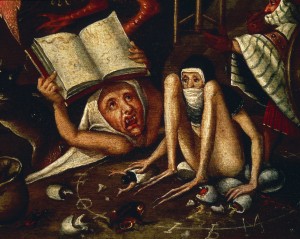 Many Christians object to the horror genre on religious grounds. Horror is incompatible with faith, hope, and love, they say. Why focus on hell, the devilish, and the unredeemed when the Bible tells us to think about the good, true, pure, and noble (Phil. 4:8)? In his essay An Apologetic of Horror , novelist and screenwriter Brian Godawa quotes from former Vision Forum president Doug Phillips,
Many Christians object to the horror genre on religious grounds. Horror is incompatible with faith, hope, and love, they say. Why focus on hell, the devilish, and the unredeemed when the Bible tells us to think about the good, true, pure, and noble (Phil. 4:8)? In his essay An Apologetic of Horror , novelist and screenwriter Brian Godawa quotes from former Vision Forum president Doug Phillips,
“Horror is an example of a genre which was conceived in rebellion. It is based on a fascination with ungodly fear. It should not be imitated, propagated, or encouraged. It cannot be redeemed because it is presuppositionally at war with God.”
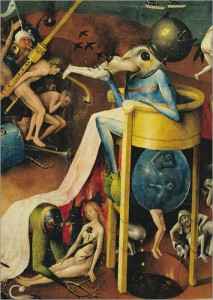 The view that the horror genre and religious sentiments are incompatible is an all too common one among evangelicals. What makes this perspective so fascinating is the historical roots of the horror genre. Horror, the macabre, and the grotesque were once quite compatible with Christian art. Take, for example, Hieronymus Bosch.
The view that the horror genre and religious sentiments are incompatible is an all too common one among evangelicals. What makes this perspective so fascinating is the historical roots of the horror genre. Horror, the macabre, and the grotesque were once quite compatible with Christian art. Take, for example, Hieronymus Bosch.
Hieronymus Bosch (c.1450 – 1516) was internationally celebrated as a painter of surrealistic religious visions that often dealt with sin and the torments of hell. Bosch was a member of the Catholic order Brotherhood of Our Lady for whom he painted several altarpieces. The most famous of Bosch’s works is The Garden of Earthly Delights, a triptych (three-paneled painting) that is considered by some one of the most terrifying paintings ever made. Listverse describes the painting this way,
The Garden of Earthly Delights is a triptych showing, on the three panels respectively, the Garden of Eden and the creation of mankind, the Garden of Earthly Delight, and in the last panel the punishments for the sins which occur in that earthly garden. It is that final panel, and the imaginative torments in it, which have become associated with Bosch. A glance at the panel is enough to give a feeling of the horrors divine punishment hold…
All in all, Bosch’s work is some of the most horrific, yet beautiful work in the history of western art.
Part of the “imaginative torments” Bosch depicted in that painting were images of men having arrows rammed into their anuses, fish-headed monsters devouring people and defecating their remains into a pit filled with vomit, and demons inflicting a variety of exotic tortures. 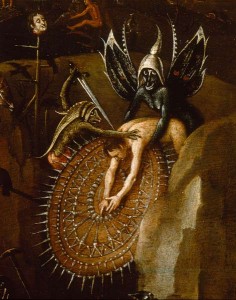
At first glance, it is understandable to see Bosch’s horrific depictions as “presuppositionally at war with God.” Yet it was Bosch’s belief in “God’s power to deliver all people” which informed his horrific visions. In The Grotesque in Art and Literature James Luther Adams writes,
Bosch could depict the full range of the grotesque precisely because he believed implicitly in God’s power to overcome any evil, any horror, any monstrous condition; and likewise, he believed in God’s power to deliver all people into an ideal utopia. In this framework, the more imaginatively Bosch was able to represent the grotesque and the demonic, the greater enhanced was the glory of God. That’s the thinking behind the inclusion of such works by Bosch for use as altar pieces; and very likely herein lies the reason contemporary expression is ‘flat’ without ‘faith,’ artists are afraid to challenge the chaotic abyss. — pp. 47-48
Interestingly, Adams concludes that it was Bosch’s implicit belief in God’s power that freed him to “depict the full range of the grotesque.” For “without ‘faith’” contemporary expressions of the grotesque are “flat.” In this sense, the artist’s depictions were not simply a gratuitous display of morbidity “based on a fascination with ungodly fear.” Rather, the monstrous conditions he portrayed were simply that — monstrous, deformations, anomalous, and completely outside the “Garden” of God’s intended “Delights.” Knowing God’s power to deliver from these horrors, Bosch was free to color them as the hellish abominations they were.
Christian history is awash with artists and novelists who employed the horrific and grotesque in their works. Sadly, however, contemporary evangelicals have lost this rich tradition. Many religious artists do not appear free to “depict the full range of the grotesque.” Instead, horror fiction, films, and art are condemned by well-meaning Christians as “conceived in rebellion” and ultimately unredeemable. Leaving us with kitschy, feel-good, “painters of light” and works fearful of pulling back the veil on the truly horrific. Perhaps if we believed, like Hieronymus Bosch, “in God’s power to overcome any evil, any horror, any monstrous condition,” we too would be free to “depict the full range of the grotesque.” But until then, all our works are destined to fall “flat.”
* * *
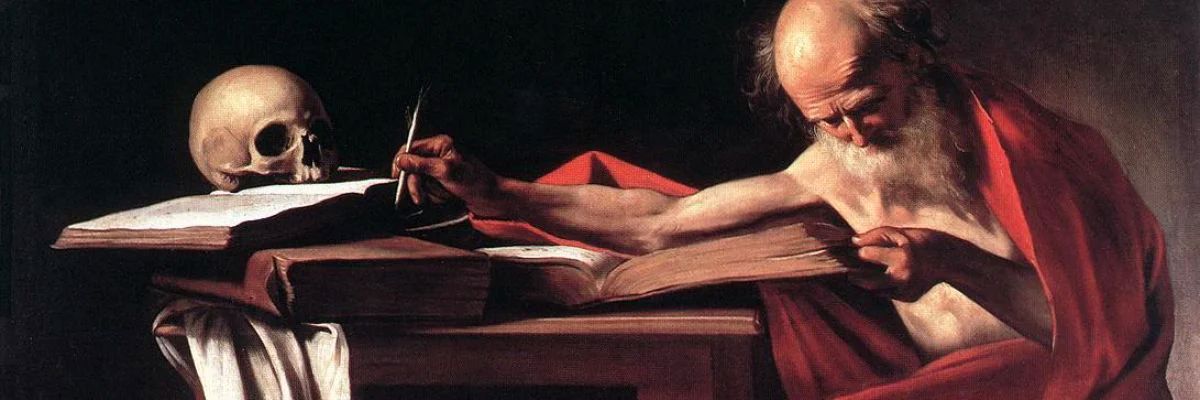
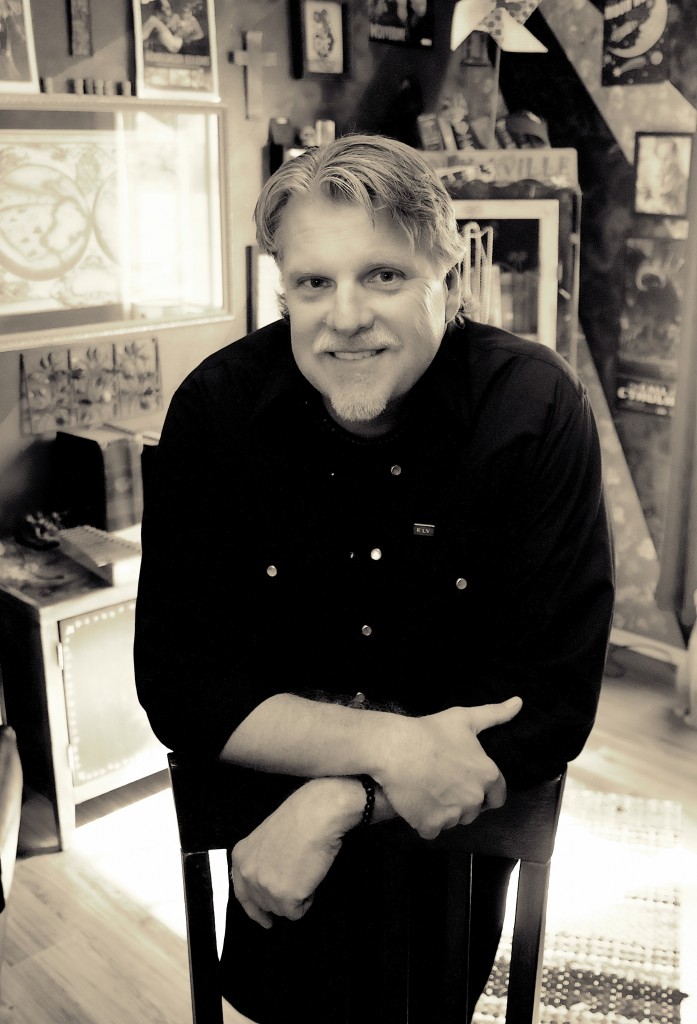
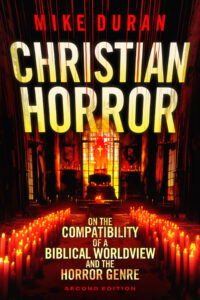
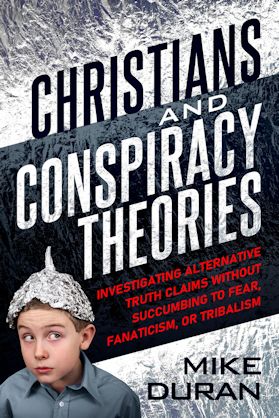
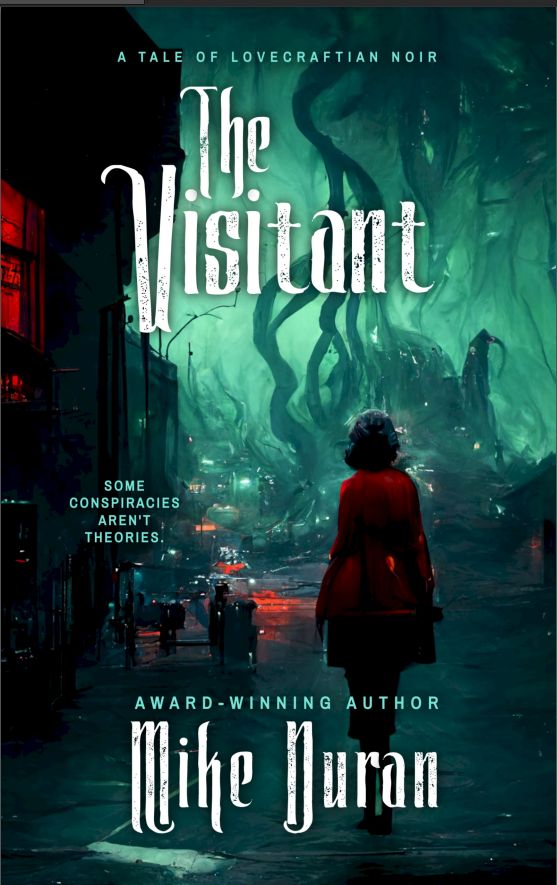

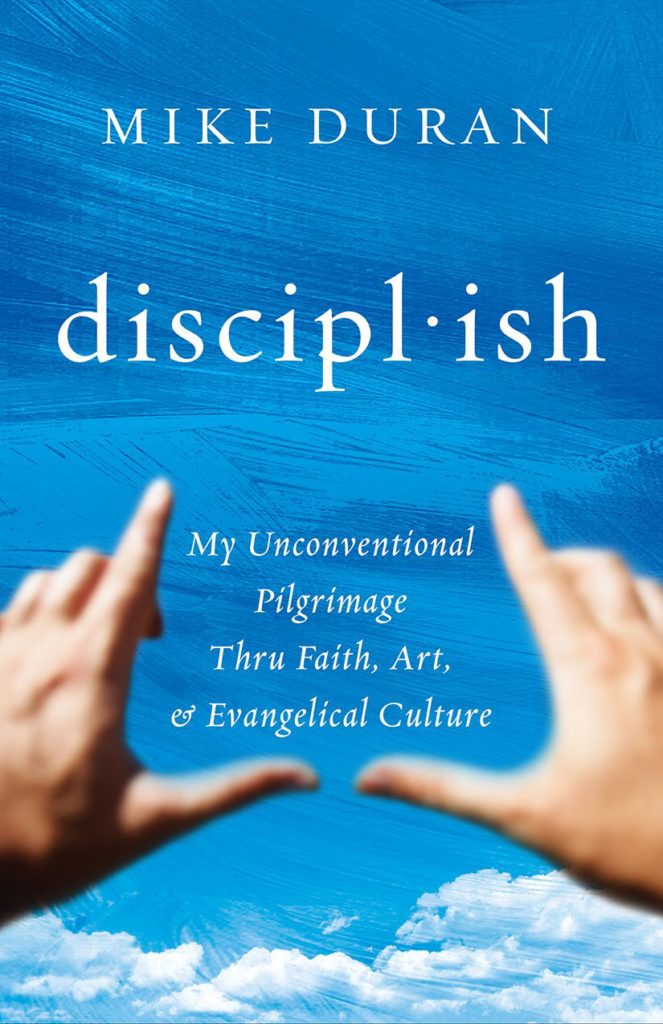
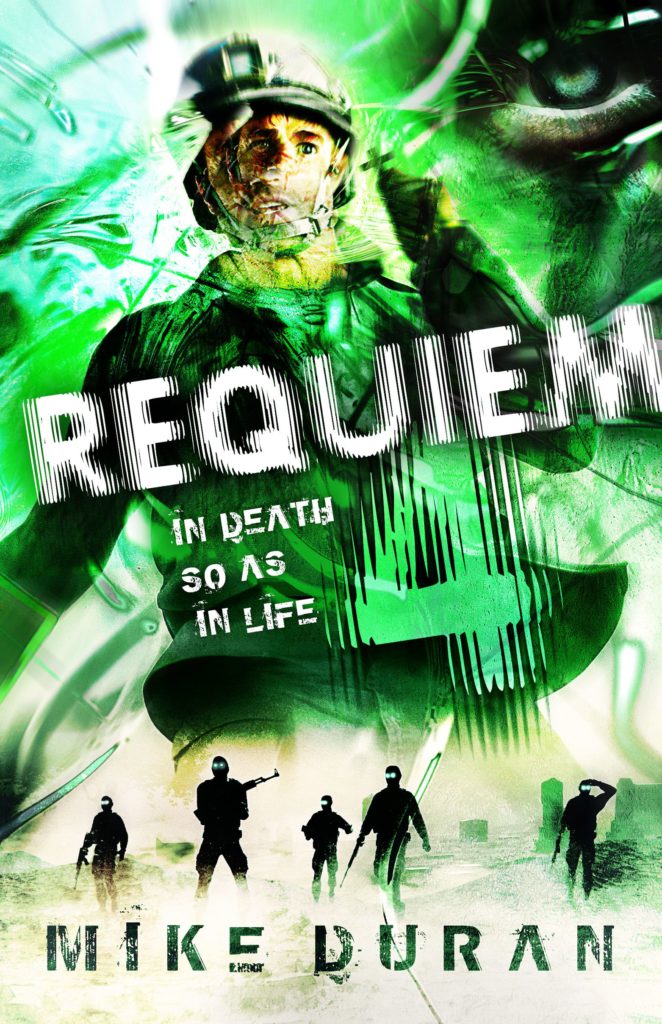
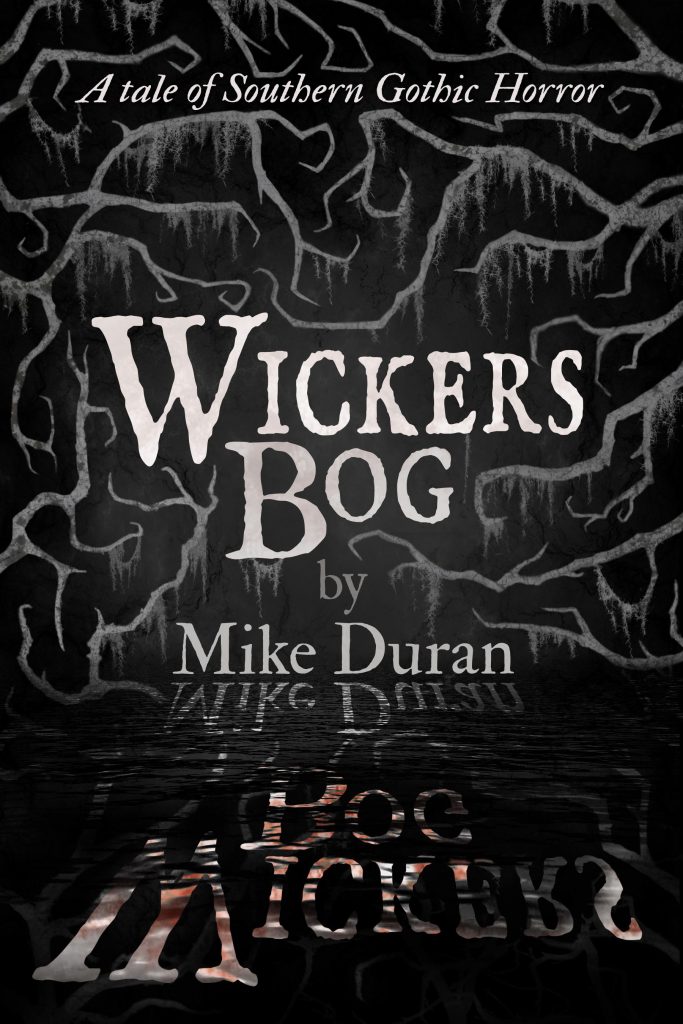
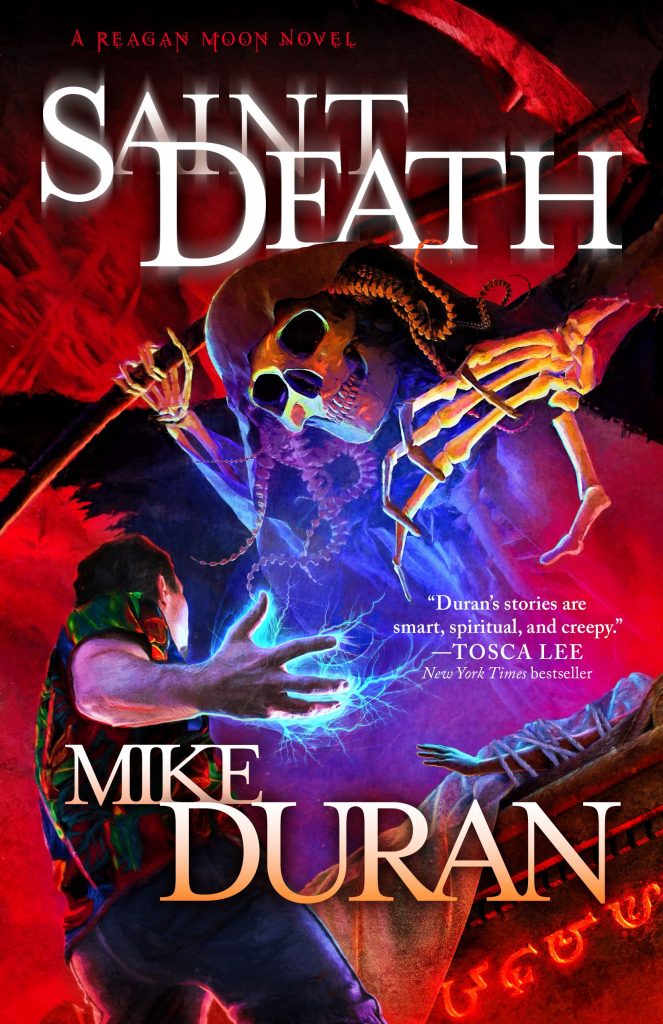
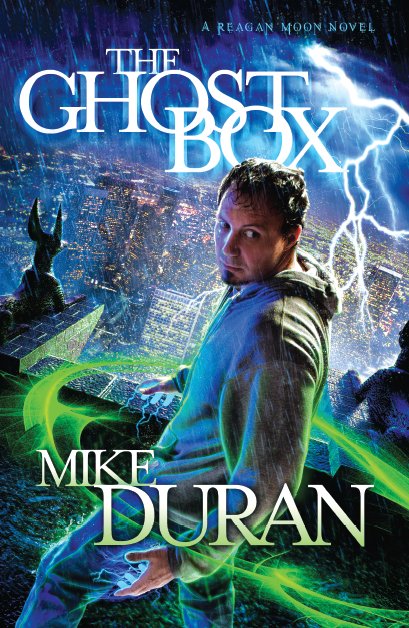
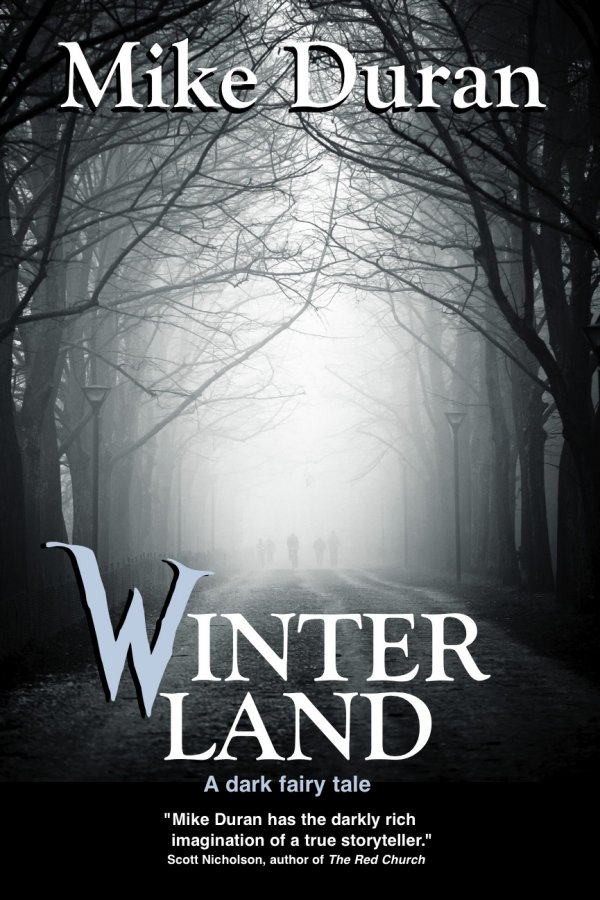
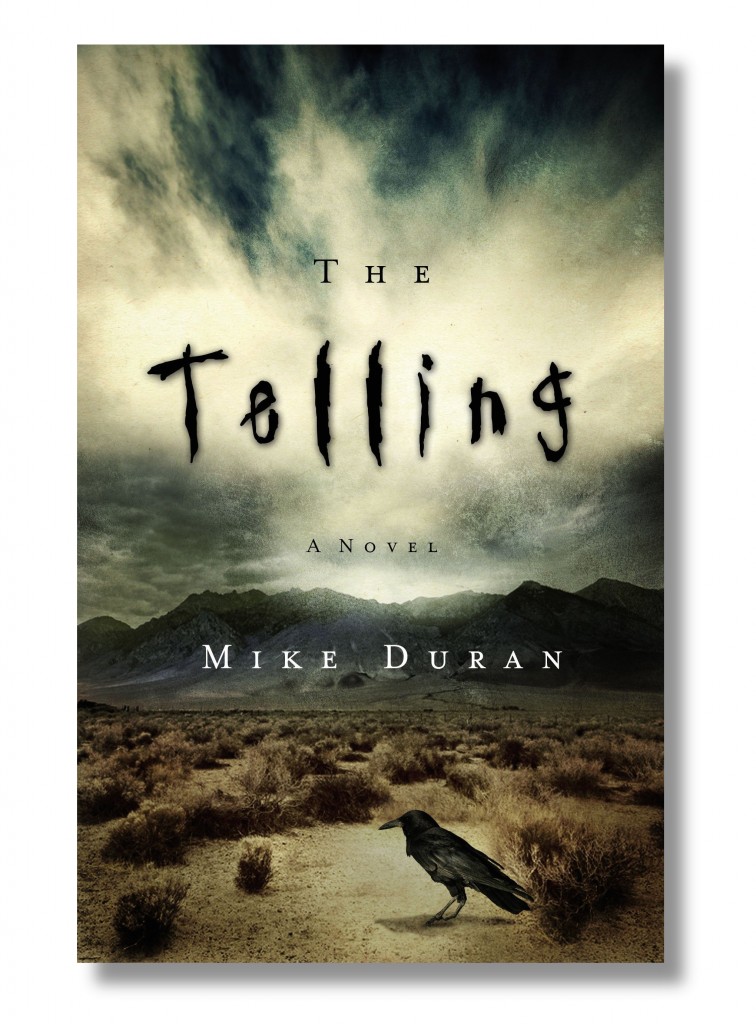
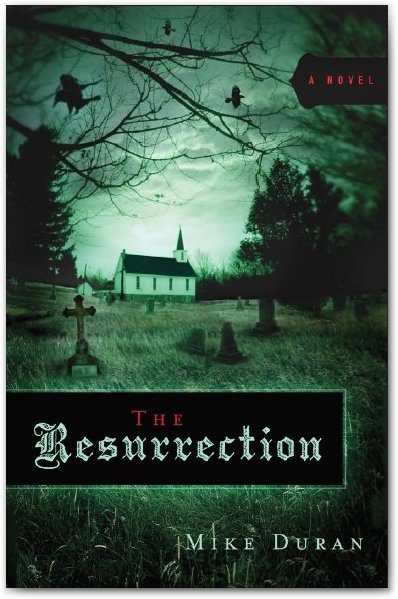
I’ve mulled this idea in my own work and attempt to be a “painter of light” while examining the grotesque from a safe distance. At the risk of falling flat or being “lukewarm” somewhere in the middle, I suppose that’s where my writing and my artwork exists — offending some on either end of the scale and hovering somewhere in the middle. That might be playing it safe, but it’s where my inner prompting leads me. I’ve written books set in both an ancient Mayan city and Pompeii — perhaps the non-biblical equivalents of Sodom and Gomorrah, yet surprisingly similar to our modern world — and used them as backdrops for books with a Christian worldview.
I guess my only question would be: what are we doing with what is behind the veil of the truly horrific? Are we engaging in it as voyeurs and enjoying the peep? I might liken it toward passing a horrific train wreck or car crash. Human nature makes us rubber-neckers. We’re curious. It’s horrifying and yet we can’t look away. If examining the truly horrific delivers the reader to some sort of moral conclusion, it has potential value. I think we just need to be careful about how we’re handling it. That said, I do think there is a unique audience for every book. If some feel led to write Christian books that not only pull back the veil, but jump in for a closer look, who should judge (any more than we should judge what we may consider kitschy)? It might not have a huge audience, but it can still make an impact and benefit someone. And God may be calling us in that way.
In my own writing, I use Titus 2:7-8 as a guideline in an attempt to keep my creative risks above reproach. Hopefully, I’m not falling short! I think we can be thankful that there readers of all tastes, backgrounds and needs that we can serve.
Super-mega-ultra-conservative Doug Phillips, frankly, seems to object to anything outside of a very sanitized Civil War era/Victorian age time period, with his organization, Vision Forum (he resigned after the lawsuit brought against him by his children’s former nanny came out) promoting “Biblical” patriarchy, the “stay-at-home daughters” movement, etc. …
I suspect what many Christians truly object to is stuff like “Saw” and “Friday the 13th,” which are classified as horror, and that is what they think of when the word horror is said.
Also, I think modern-day Christians don’t really like to think of the true horrors that will be found in hell, so we don’t have to witness to others.
Hi Mike! As usual, you are spot on. Death, demons, hell and its tortures were often depicted in medieval art. People then were obsessed with death, and who could blame them when the Black Death wiped out 20 million? As they do now, contemporary artists back then created works of what was on everyone’s mind – that the apparent randomness of death meant that life hung by a thread. And showing the holy alongside evil presented a constant reminder. You can see this in the numerous stained glass windows and architectural elements of churches, grotesque creatures alongside the saints. BTW, you may be interested in the Sedlec Ossuary a.k.a. The Bone Church of the Czech Republic. And in the Codex Gigas (a.k.a. the devil’s bible) – just watched a show on Netflix about it with a panel of modern-day researchers.
I think the reason this type of art is frowned upon in our postmodern world is because it makes people uncomfortable. Even Christians and we know the Truth. There is this tendency to shy away and shield ourselves from anything disturbing. Heck, I know Christians who won’t even debate something as mild as “The DaVinci Code”. I remember when “The Exorcist” came out in paperback and people were terrified they were demon-possessed. I think more people came to Christ then out of sheer fear. But now when any believer of Christ shows blatantly the eternal ramifications of unbelief, we are labeled as some kind of lunatic. Why is it everyone flocks to see fictional heroes in movies, but so few stand up for Our Hero and Savior? Thanks Mike. You always make me think and in so doing encourage me not only to be a better writer, but a better Christian writer.